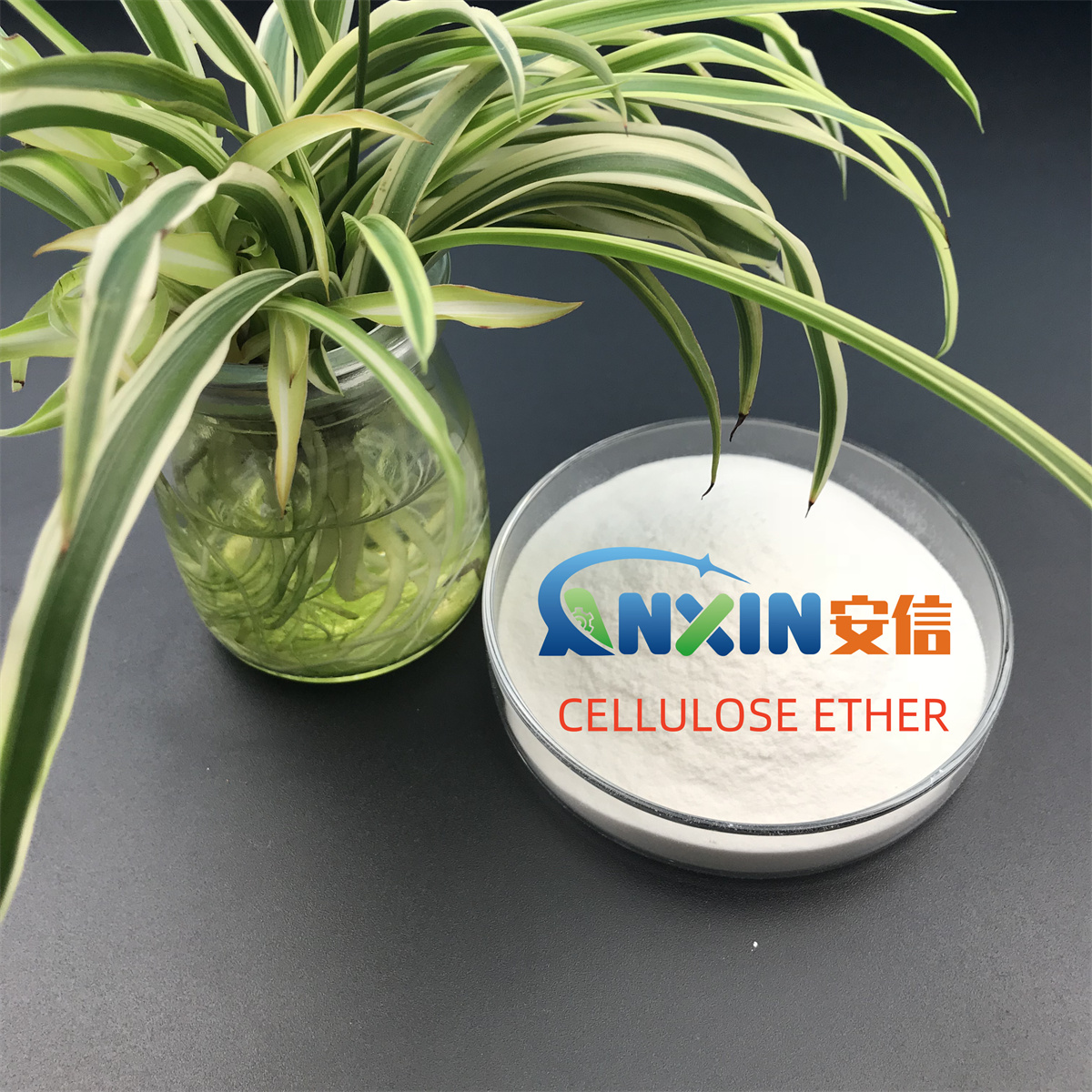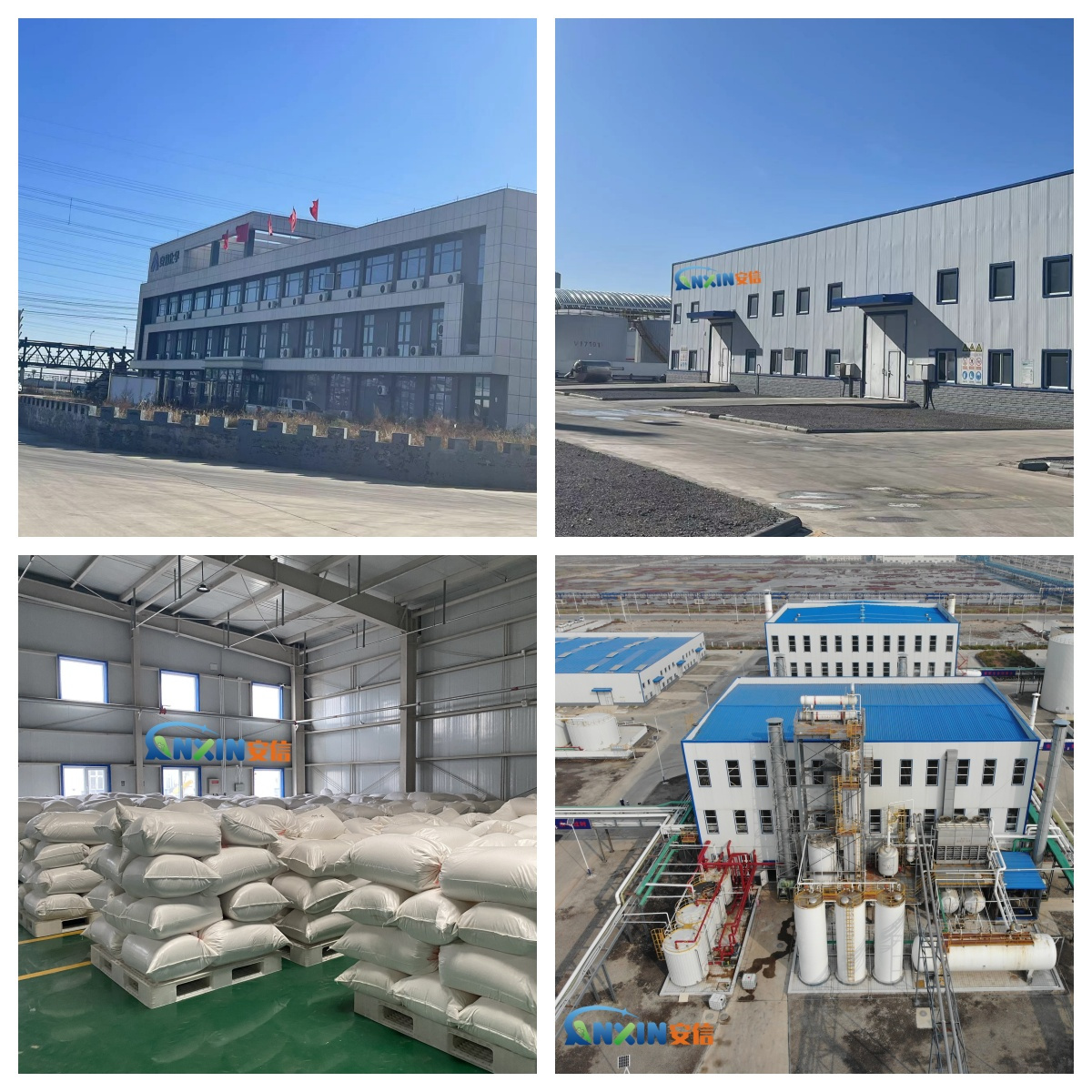Cellulose ethers are a family of water-soluble polymers derived from cellulose, the most abundant natural polymer found in plant cell walls. These modified polymers possess a wide range of industrial and commercial applications, including use in construction, pharmaceuticals, food, cosmetics, and paints. The process of manufacturing cellulose ethers involves chemical modification of natural cellulose to improve its solubility, thermal stability, viscosity control, and functional versatility.
1. Raw Material: Natural Cellulose
The primary raw material used in cellulose ether production is purified cellulose, typically obtained from:
Wood pulp (hardwood or softwood)
Cotton linters (high-purity source)
Cellulose is a polysaccharide composed of linear chains of β-D-glucose units linked by β-1,4-glycosidic bonds. The hydroxyl groups (–OH) on the glucose units make cellulose highly reactive and suitable for chemical modification.
2. Classification of Cellulose Ethers
Cellulose ethers are named based on the substituents introduced into the cellulose backbone. The most common types include:
Hydroxypropyl methylcellulose (HPMC)
The type and degree of substitution determine the physical and chemical properties of the final product.
3. Key Chemical Reactions in Production
Cellulose ethers are produced by etherification of the hydroxyl groups on cellulose. The general process involves two major chemical reactions:
3.1. Alkalization (Activation Step)
This step prepares cellulose for etherification by converting it into alkali cellulose:
Reaction:
NaOH (sodium hydroxide) breaks hydrogen bonds and swells the cellulose fibers, increasing accessibility.
The hydroxyl groups on cellulose are activated to form alkali cellulose.
3.2. Etherification (Substitution Reaction)
The alkali cellulose then reacts with specific etherifying agents, depending on the desired product:
Methyl chloride (CH₃Cl) for methyl cellulose
Ethylene oxide (C₂H₄O) or chloroethanol for hydroxyethyl cellulose
Propylene oxide (C₃H₆O) for hydroxypropyl groups
Sodium monochloroacetate for carboxymethyl cellulose
Example (MC formation):
Example (CMC formation):
The extent of substitution (DS – Degree of Substitution) and the type of ether group determine the solubility, viscosity, and thermal behavior of the resulting cellulose ether.
4. Manufacturing Process of Cellulose Ethers
The commercial production of cellulose ethers typically follows a batch or continuous process with several carefully controlled steps:
Step 1: Purification of Cellulose
Raw cellulose is cleaned and bleached to remove lignin, hemicellulose, and impurities.
It is dried and ground into a fine powder for improved reactivity.
Step 2: Alkalization
Cellulose is mixed with a solution of sodium hydroxide.
The temperature is maintained between 20°C and 40°C to control reactivity.
This process converts cellulose into alkali cellulose.
Step 3: Etherification Reaction
The etherifying agent is added under pressure and controlled temperature.
Reaction conditions (temperature, time, pH, and reagent concentration) are optimized for target product specifications.
By-products like NaCl, methanol, or glycol are formed, which must be removed later.
Step 4: Neutralization
Unreacted alkali is neutralized using acids like acetic acid or hydrochloric acid.
This step stabilizes the product and prevents further unwanted reactions.
Step 5: Washing
The crude product is washed multiple times with water, alcohol, or acetone.
This removes by-products, residual reagents, and salts.
Filtration or centrifugation may be used to separate solids.
Step 6: Drying
The wet cake is dried in rotary dryers, fluidized bed dryers, or belt dryers.
Drying temperature is carefully controlled to prevent degradation.
Step 7: Milling and Sieving
The dried product is ground into fine powders.
Particle size distribution is adjusted for end-user application needs.
Step 8: Packaging
The final product is packed in moisture-proof bags or containers.
Storage conditions must be dry and cool to preserve quality.
5. Quality Control and Customization
Quality parameters such as viscosity, degree of substitution, moisture content, pH, and particle size are tested at multiple stages. The product may also be customized for:
Rapid or delayed dissolution
Specific viscosity ranges (low to high)
Salt tolerance
Surface treatment (e.g., surface-crosslinking for delayed hydration)
6. Environmental Considerations
The manufacturing of cellulose ethers involves handling volatile organic compounds (VOCs), alkalis, and by-products. Responsible producers invest in:
VOC capture and treatment systems
Closed-loop washing and recovery systems
Safe disposal or reuse of salt by-products
Energy-efficient drying and processing equipment
Eco-friendly alternatives and green chemistry innovations are being explored to make cellulose ether production more sustainable.
7. Applications of Cellulose Ethers
Due to their versatile properties (thickening, stabilizing, binding, film-forming, emulsifying, water-retention), cellulose ethers are used in:
7.1. Construction
Tile adhesives, renders, cement plasters, self-leveling compounds
Water retention and workability enhancers
7.2. Pharmaceuticals
Tablet binders and disintegrants
Controlled-release matrices
7.3. Food Industry
Thickening agents in sauces, desserts, dairy alternatives
Fat replacers in low-calorie foods
7.4. Cosmetics and Personal Care
Lotions, creams, shampoos, and gels for texture and consistency
7.5. Paints and Coatings
Rheology modifiers in water-based paints
Anti-sagging and brushability enhancers
7.6. Oil Drilling
Fluid loss control in drilling muds
Lubrication in fracturing fluids
The production of cellulose ethers is a carefully engineered chemical process that transforms abundant natural cellulose into high-performance functional polymers. From wood or cotton pulp, through alkalization and etherification, to the final purified and dried product, every step is optimized for safety, efficiency, and product quality. These versatile materials are indispensable across a spectrum of industries, thanks to their unique blend of natural origin and synthetic functionality. With growing emphasis on biodegradable and sustainable materials, cellulose ethers continue to play a pivotal role in the future of green chemistry and advanced materials.
Post time: Jul-11-2025

